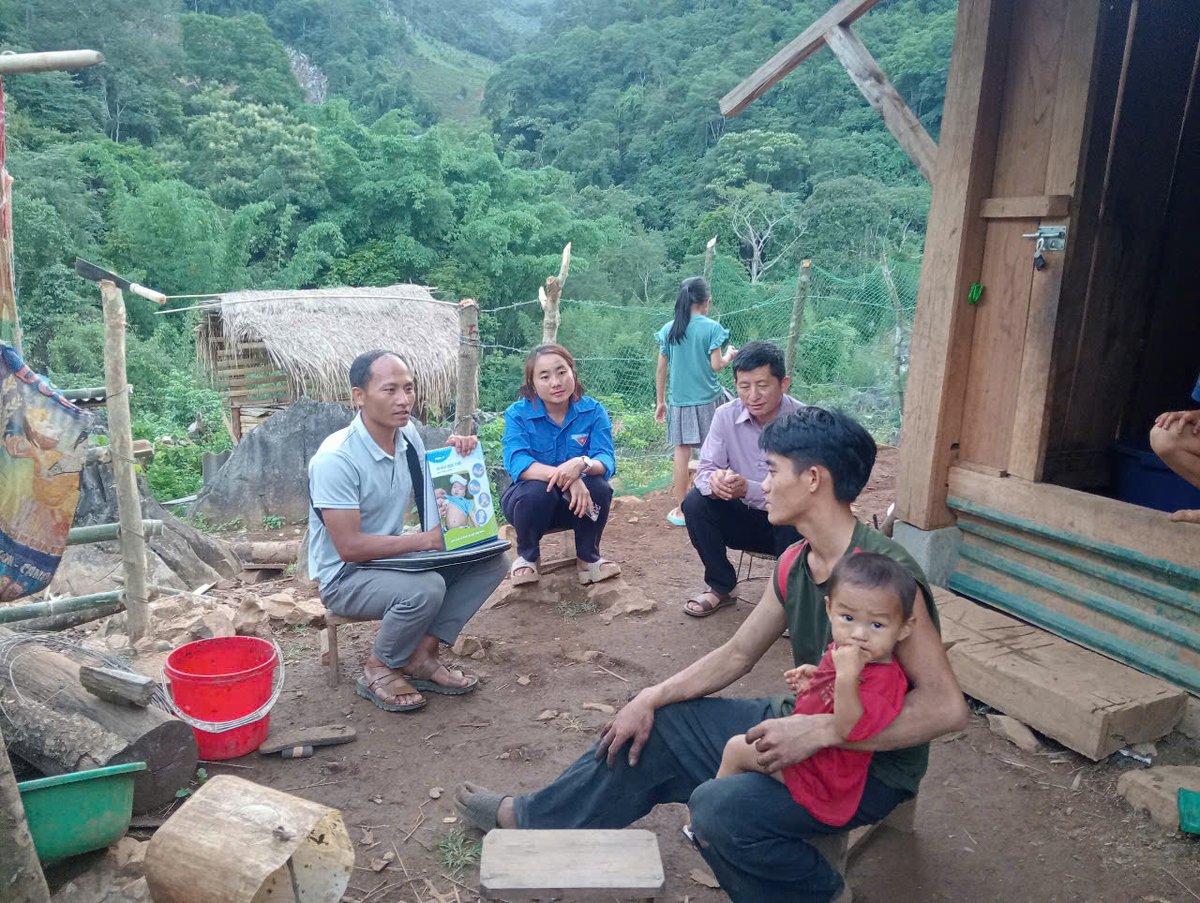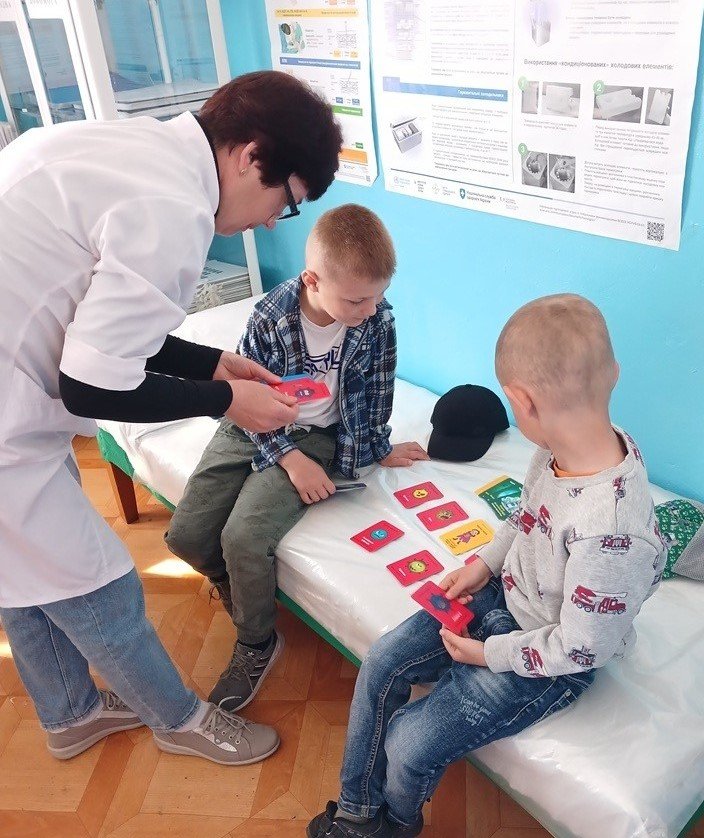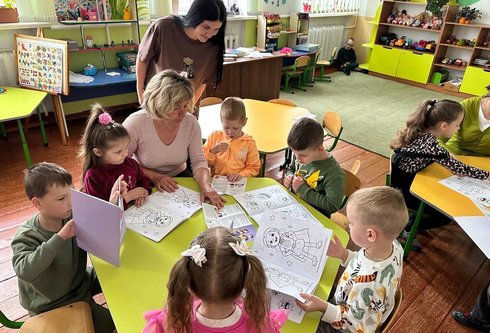
Strengthening immunization systems in middle-income countries
Millions of children live in middle-income countries that are no longer eligible for new vaccine introduction support. The World Bank defines a middle-income country as one where the per capita gross national income is between $1,086 and $13,205 (2022). Middle income countries vary by size, population, and income level.
Through the MICs Technical Assistance project, funded by Gavi, the Vaccine Alliance, PATH partnered with government and civil society organizations in Indonesia, Ukraine, and Vietnam to provide technical assistance focused on building and sustaining the capacity of government systems, health care workers, and local partners to overcome pandemic and conflict-related immunization challenges to improve and sustain routine immunization coverage.
PATH conducted rapid assessments in each country to identify barriers and challenges to vaccine coverage and worked to improve the capacity of civil society organizations to support immunization activities and developed practical tools for microplanning and budgeting. PATH helped countries identify zero-dose and underimmunized children while building coordination among immunization partners, improving equitable community participation, and making the planning and budgeting for immunization activities more efficient.
Our focus areas
Identifying immunization barriers and opportunities
Understanding barriers to immunization is the first step toward equitable coverage. Using a rapid assessment approach, PATH worked with local governments, civil society partners, community leaders, and caregivers to pinpoint where and why children miss vaccinations. Insights from the assessments informed context-specific interventions —from communication strategies to budgeting modifications—that ensure interventions address local needs.
Engaging civil society and community-based organizations
Civil society organizations are often trusted messengers in their communities. PATH worked with local partners to build their skills in immunization communication and to better integrate them into immunization activities. PATH developed a Strategic Decision-Making Framework to support CSOs with efficient and strategic decision-making in resources constrained contexts. In Indonesia, PATH engaged PKKs (the Family Welfare Program) to identify zero dose children and bring them for vaccinations; in Vietnam, the Women’s and Youth Unions helped restore trust in vaccines and support community access to immunization; and in Ukraine, 100% Life Rivne improved communications and vaccine information to ensure everyone has access to accurate messages.
Context specific communications are crucial
Messengers with clear, accurate, locally relevant information are at the core of effective immunization mobilization and outreach activities. PATH co-created and refreshed communication tools with CSOs and health workers—flipbooks, social-media content, and radio scripts in local languages—to address misinformation and share important immunization information. From role-playing hesitancy scenarios in Son La Province, Vietnam, to coloring books and games for children in Ukraine, these tools help health care workers, civil society organizations, local leaders, and communities communicate clearly about vaccines.

Children in Dubrovytsia, Ukraine, play a game with a health care worker to learn more about vaccines and how to be protected against preventable diseases.
Microplanning
Microplanning is a process to identify and plan to reach children with vaccines, working to reach every child in a certain area. In countries where electronic immunization registries are not available or access is limited due to limited internet connectivity, health workers face significant challenges developing accurate microplans. PATH developed an Excel-based microplanning tool to help frontline health workers identify children due or overdue for vaccination, estimate vaccine needs, and plan outreach sessions. In Ukraine, health workers describe it as “a magic smart table,” reducing lengthy hours of manual work and improving accuracy and accountability.
Budgeting
Budgeting is the foundation upon which a successful immunization program can be sustained, yet for too many health care facilities, budget development is a challenge. PATH developed a budgeting tool to enable health facilities to calculate their immunization costs—from vaccines and cold chain to outreach and training. The tool’s simplicity has driven widespread adoption: all 75 primary health centers in Son La Province (Vietnam) and 38 in Rivne hromoda (Ukraine) now use it for annual operational plan development.
Shifting immunization perceptions
All of us have thoughts, concerns, and perspectives about childhood immunization and the ways that families make decisions about vaccinating their children. When health care workers subconsciously bring these perspectives to their job, it can have unintended consequences on how information is shared with caregivers, creating inadvertent barriers to immunization. PATH developed an immunization perspectives tool to help health care workers think more consciously about their interactions with caregivers to reinforce positive communication and creation of a supportive immunization environment.


